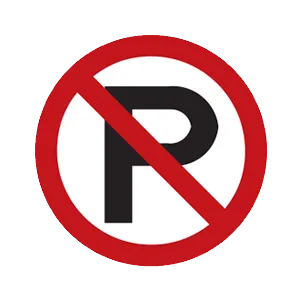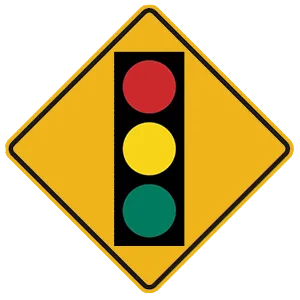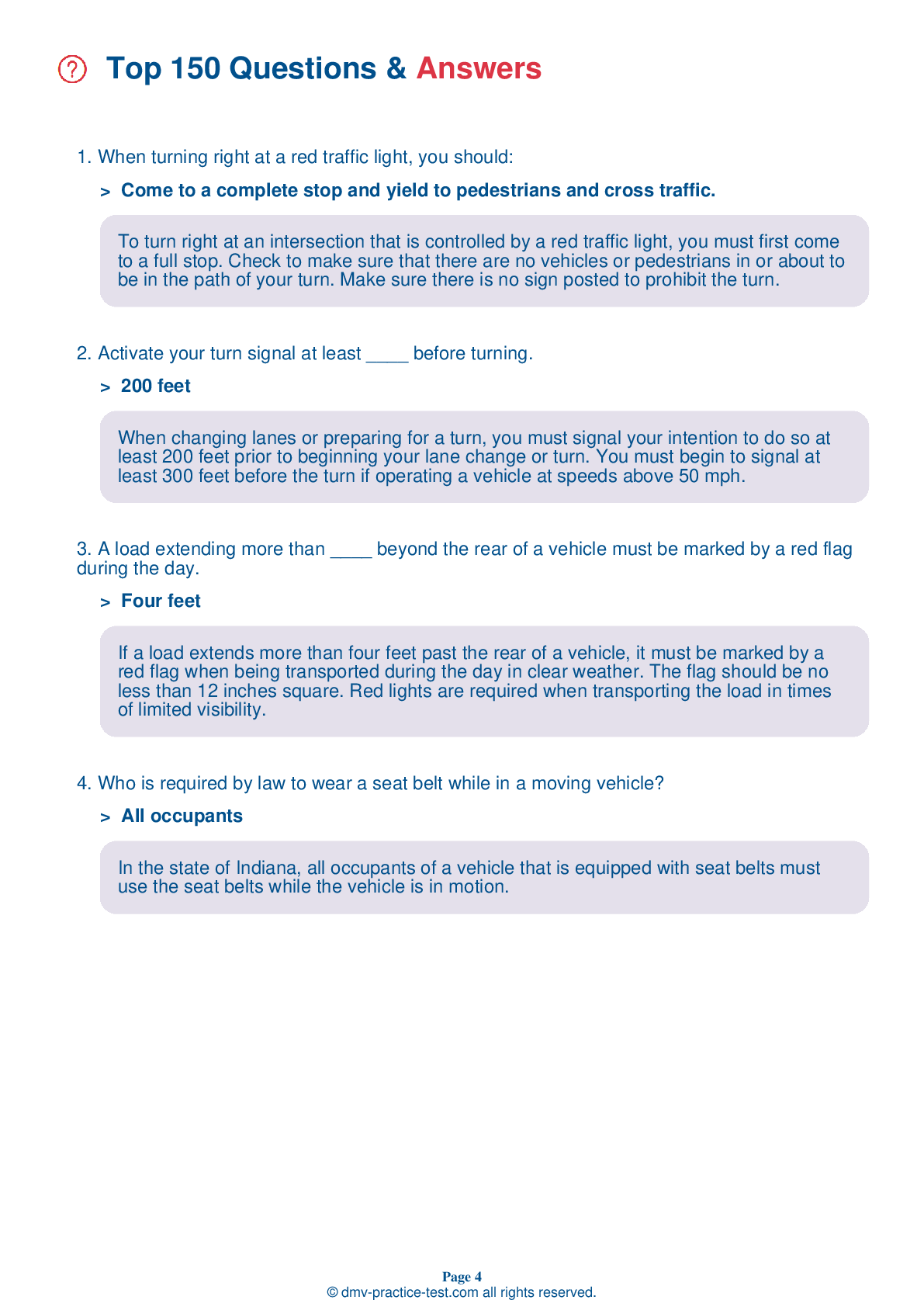FREE Indiana DMV Practice Test #3 Page 3 of 5
This set of Indiana DMV practise tests has been updated for January 2025. It includes questions based on the Indiana Driver Handbook's most significant traffic signals and laws for 2025. Use actual questions that are very similar (often identical!) to the DMV driving permit test and driver's licence exam to study for the DMV driving permit test and driver's licence exam.
On the practise exam, each question gets a tip and explanation to help you remember the concepts. The written component of the official Indiana DMV test will include questions about traffic rules, traffic signs, and driving statutes, as well as information from the Driver Handbook.
To obtain a passing grade, you must correctly answer 44 of the 50 questions. Take our DMV practise exam to help you prepare for your Indiana instruction permit or driver's licence.
The DMV exam is available in several languages.
Using any kind of testing assistance will result in an automatic fail, and the DMV may take additional action against your driver's licence, so stay away from it.
17 . This sign means:

Regulation signs regulate traffic speed and movement, displaying rules which drivers must obey. This regulation sign indicates that parking is not permitted.
18 . When approaching a traffic signal displaying a flashing yellow arrow, drivers:
A flashing yellow arrow indicates that left turns are allowed in the direction of the arrow. However, the oncoming traffic has a green light and you must yield to oncoming traffic and pedestrians.
19 . Driving without liability insurance:
Drivers are required to have proper liability insurance when operating a motor vehicle. The state minimum requires drivers to have a minimum of $25,000 of coverage for the injury or death of one individual, $50,000 of coverage for the injury or death of two individuals, and $25,000 of coverage for property damage. This insurance is also known as 25/50/10 liability insurance.
20 . What is the meaning of this sign?

This sign indicates that there is a traffic signal at the intersection ahead.
21 . This road sign means:




